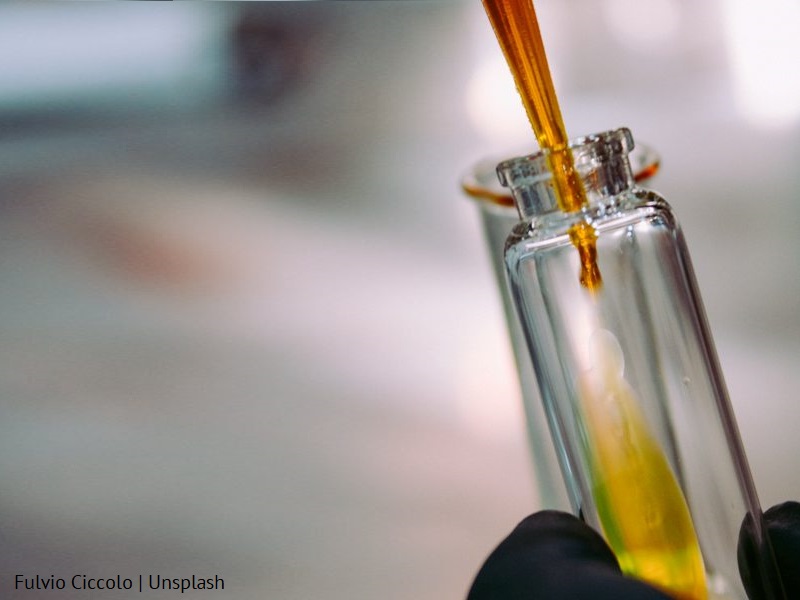Over 2,000 tons of quinoline derivatives are produced in the world every year. These compounds demonstrate antimalarial, antiprotozoal, antibasterial, antifungal, and even antiasthmatic properties, due to which they enjoy great interest, not only in the scientific world. They raise great expectations related to designing chemotherapeutic agents for the treatment of cancers. They are important synthetic precursors for such biologically active compounds as primaquine and chlorquinaldol. They can be the initial product for the synthesis of dyes or pigments, the most important of which are cyanine dyes. Some of them have been used as sensitisers for photographic emulsions. They are universally used e.g. for the production of measures to combat the effects of crop infection with powdery mildew (Blumeria graminis). Another interesting fact is that, in criminalistics, traces of using metal objects by suspects are detected thanks to the application of quinoline chelates with metals.
The above examples have shown how broad the application of quinoline derivatives can be, and what expectations are related to the research whose goal is to develop new compounds from this group, and search for quick, effective and cheap methods of obtaining them. One of such solutions has been provided by chemists from the University of Silesia in Katowice, doctoral student Jakub Wantulok, Msc, and Assoc. Prof. Eng. Jacek Nycz, Professor of the University of Silesia. They have developed new derivative hydroxydialdehyde derivatives of 8-hydroxyquinoline, which may be precursors for many important chemical compounds with broad industrial and pharmaceutical application. The invention and method of obtaining it have been covered by patent protection.
fot. Fulvio Ciccolo | Unsplash






